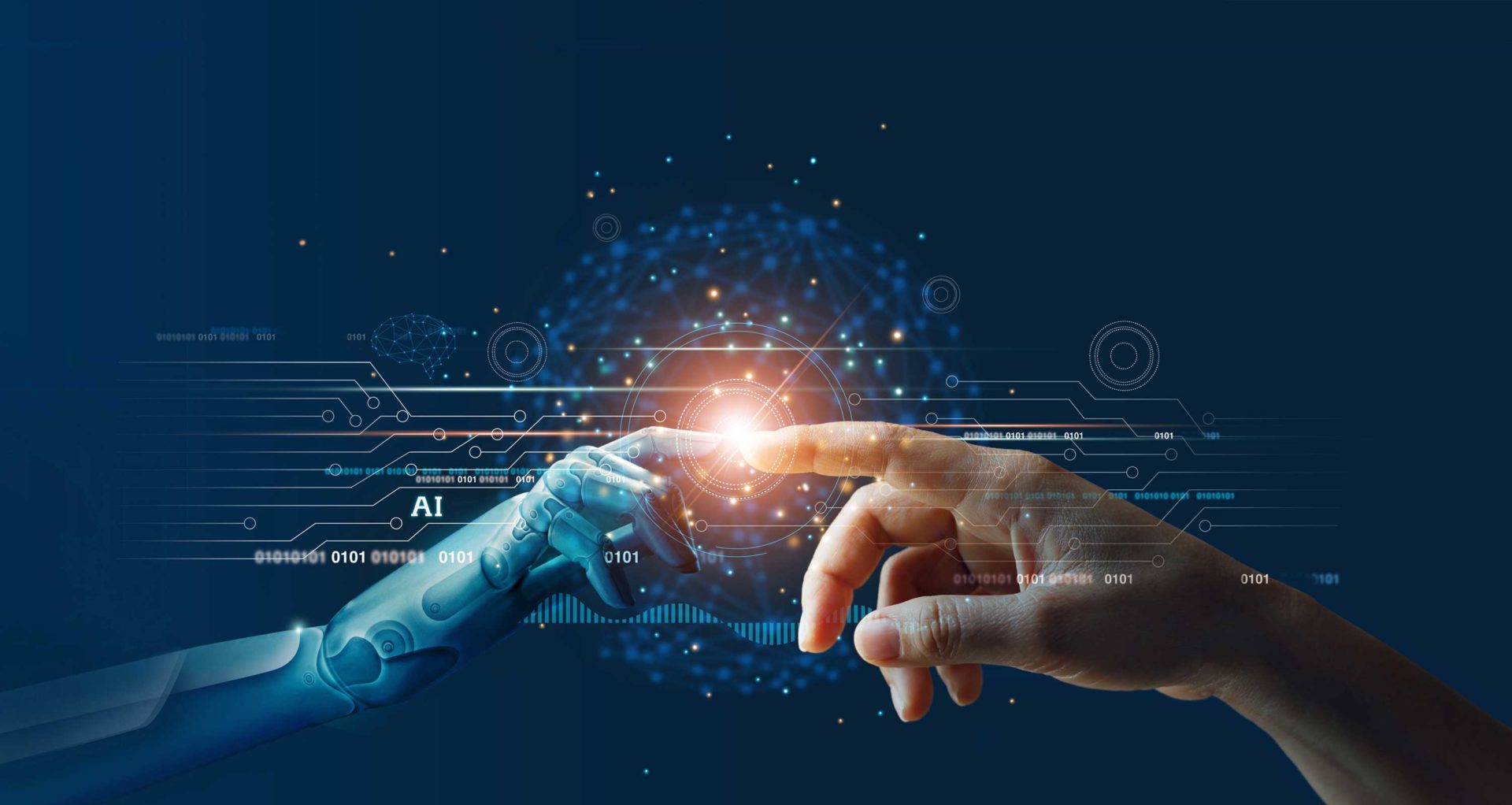Large Language Models: The Tech Powering GenAI Explained
Large Language Models (LLMs) are the driving force behind the advanced GenAI technology we’re seeing in laptops, phones, and other devices in 2024. But what exactly is an LLM, and what does it do?
In essence, LLMs are a type of artificial intelligence trained on massive datasets to interpret human language and generate outputs in the form of text, audio, imagery, and more. But there’s more to it than that.
What is a Large Language Model?
A Large Language Model is a type of artificial intelligence that can recognize and generate text, though LLMs can also specialize in elements like photo generation, video generation, music creation, and more. This is essentially the underlying tech that powers Generative AI tools like ChatGPT, Google Gemini, and Microsoft Copilot.
To achieve this, LLMs are trained on massive datasets and utilize machine learning to understand what’s being asked of them and generate something new based on that.
“LLMs are the backbone of the Generative AI assistants we’ve seen appear over the past few years, from ChatGPT to Google Gemini and practically any other GenAI tool you can think of.” [1]
What can you use Large Language Models for?
As noted earlier, LLMs are the backbone of the Generative AI assistants we’ve seen appear over the past few years. While the potential uses of GenAI and, thus, LLMs are continually expanding, the current iteration seems to focus on several key areas.
The most obvious is copywriting; LLM-powered chatbots like ChatGPT can write completely original copy based on a description that you give. This can be anything from a short children’s book to a step-by-step guide to cooking the perfect steak, depending on what you ask it to do.
Similarly, LLMs are also great for answering queries about a specific product, known as knowledge base answering. This is essentially when a company trains an LLM exclusively on its product or service, which consumers can then use to answer basic (and complex) questions without having to search the web or speak to a real person.
LLMs have also been a lifesaver for coders, generating code in a variety of coding languages based on developers’ descriptions. You won’t be able to create a new app or game entirely using ChatGPT without at least a passable knowledge of coding, but it can be a massive time saver.
Then there’s the big one; image generation. This is likely the most controversial use of LLM-powered GenAI services right now, as you can essentially get AI to create whatever you describe.
A sample image generated using an LLM
What are some of the limitations of Large Language Models?
Large Language Models can do a lot of good, but it’s worth noting that there are some limitations to the tech as it stands.
The biggest issue with LLM-powered chatbots right now is hallucination. It’s a relatively new term in the world of artificial intelligence, but it essentially means that the LLMs essentially create fake information when they can’t produce an accurate answer.
An example of AI hallucination
This is why it’s important to at least have a passing knowledge of what it is you’re getting LLMs like ChatGPT to describe or create. A seasoned coder, for example, could spot hallucinations in generated code, while someone interested in phones would notice an inaccurate spec if asking an LLM about a new release.
AI-generated code can be a massive time saver for coders
Large Language Models are a powerful tool that can revolutionize the way we interact with technology. While there are limitations to the tech, the potential uses are vast and continually expanding. As we move forward, it will be exciting to see how LLMs continue to shape the world of GenAI.
The future of LLMs is bright


 Photo by
Photo by 










